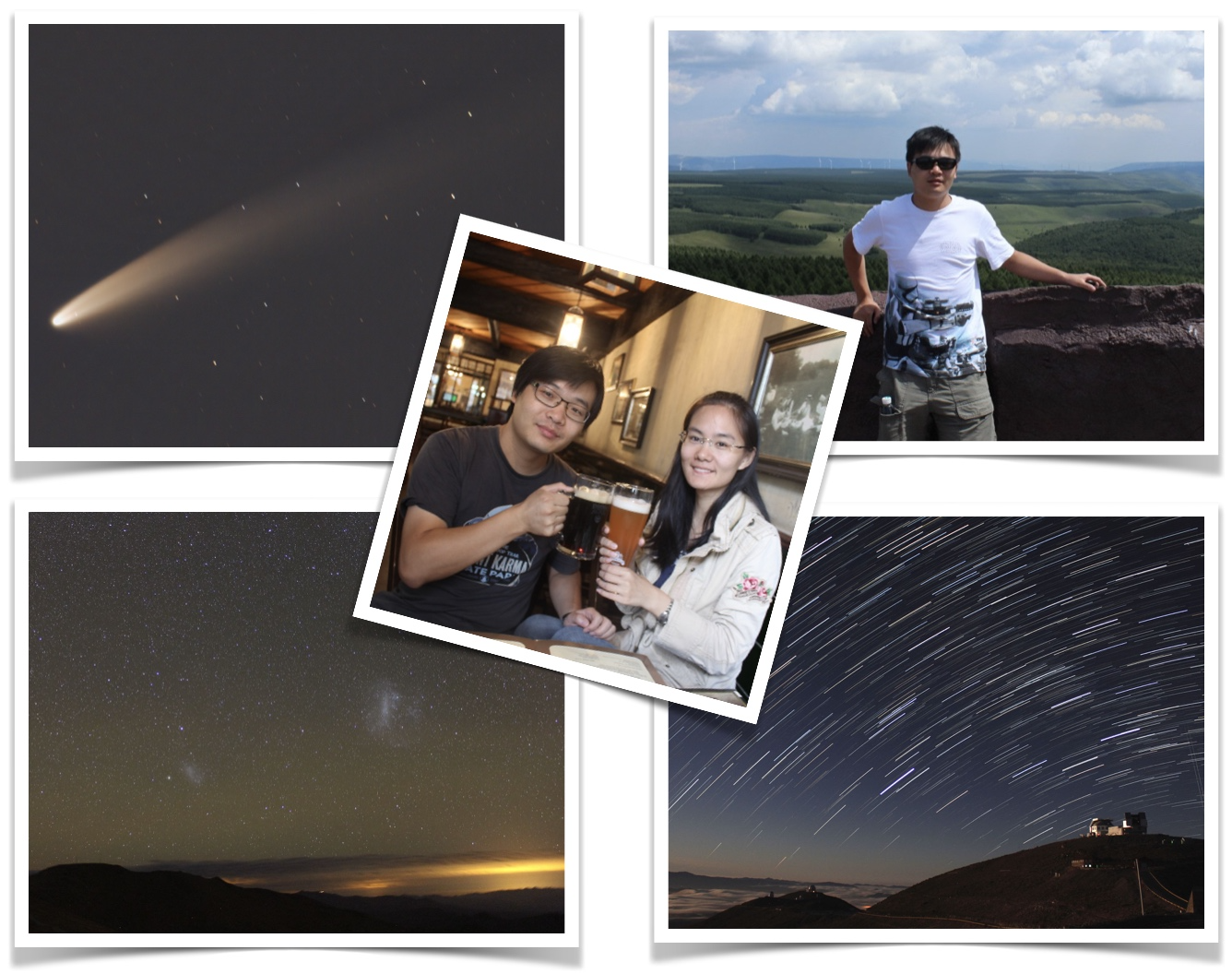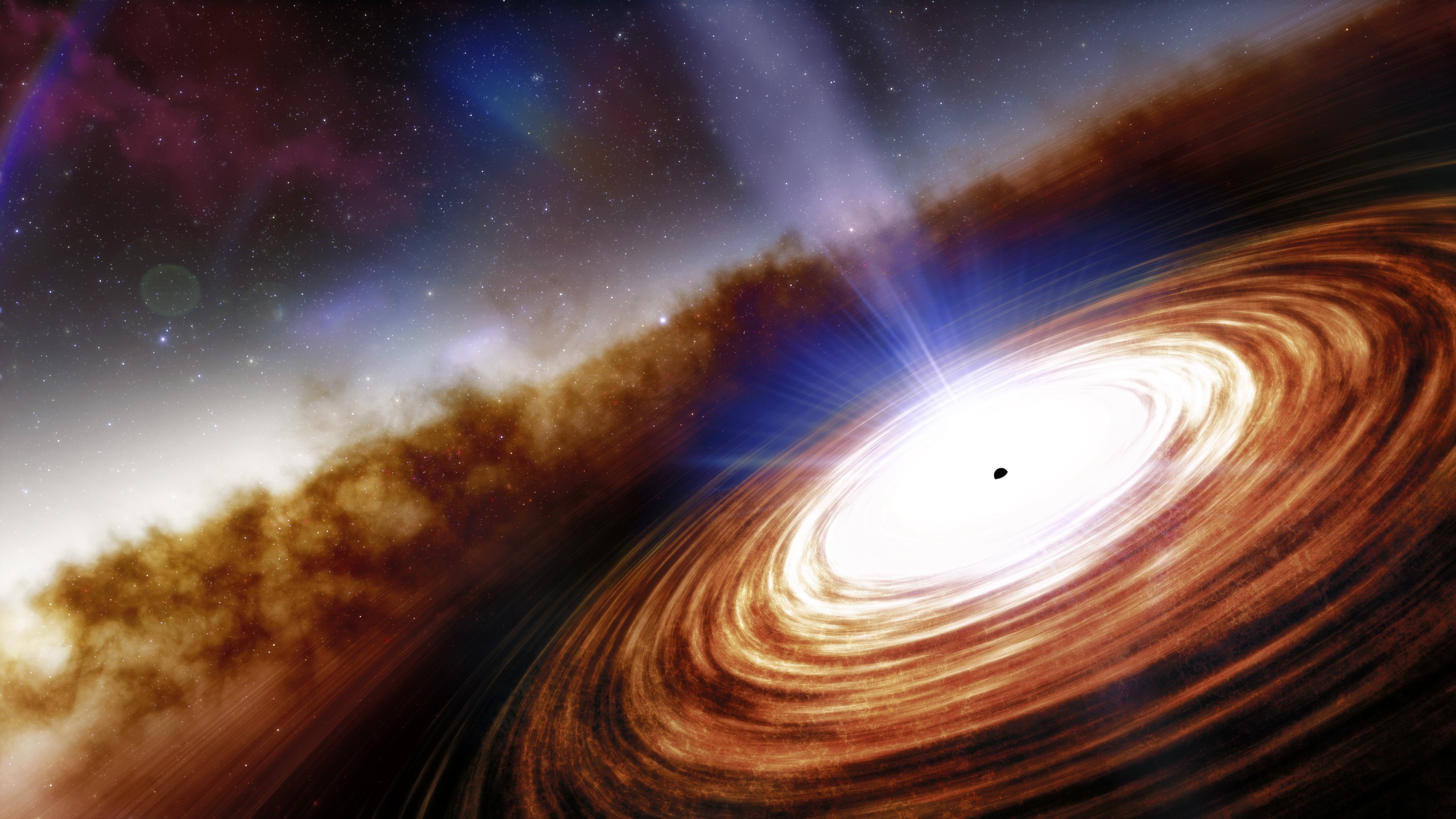
I am an Assistant Research Scientist at the Department of Astronomy, University of Michigan. Prior to my current employment, I was an Assistant Research Professor at Steward Observatory, The University of Arizona. I also did my NASA Hubble Fellowship program at the University of Arizona. Before moving to Tucson, I was a Postdoctoral Researcher at the Physics Department of University of California, Santa Barbara and was working in the ENIGMA group. I received my Ph.D. in 2017 from Peking University, with one year at the University of Arizona.
I am interested in working with students and postdocs. Please contact me to discuss!